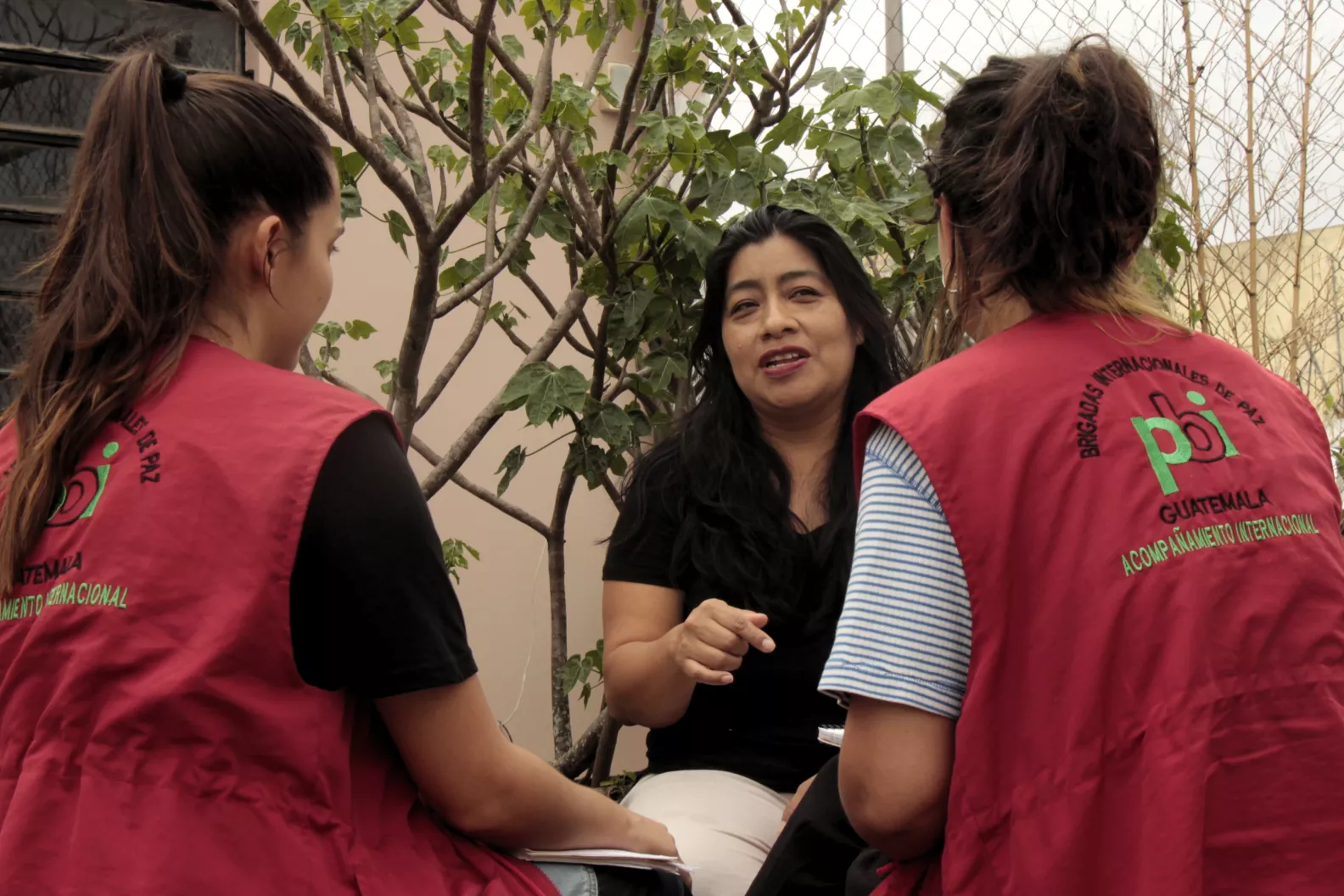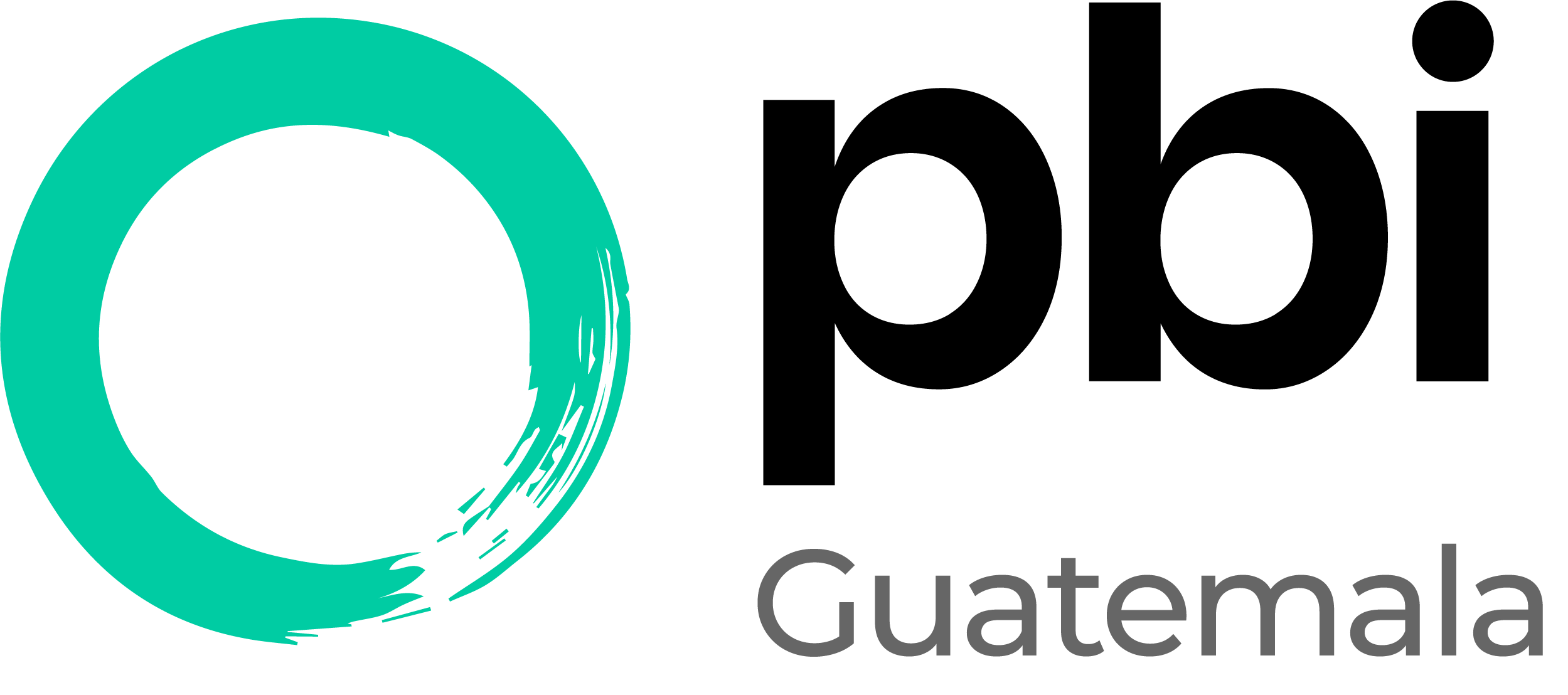
Community journalist Norma Sancir achieved justice in January 2024, nine years after the incidents. The road to justice was long and full of obstacles: delays, dismissals, appeals and multiple suspensions, until a court in Chiquimula recognized her rights had been violated. The events in question took place in September 2014, while the journalist was covering a peaceful demonstration. Despite the atmosphere of hostility against the press and freedom of expression in Guatemala1, Norma did not cease her quest for justice and reparations, not only with the aim of evidencing the facts of her case, but also to create a safer space for her entire profession.
On September 17 and 18, 2014, a couple of PBI volunteers observed a demonstration on the Jupilingo Bridge, located in the municipality of Camotán, department of Chiquimula. The request to carry out this observation came to us from the New Day Ch’orti’ Peasant Coordinator (CCCND), an organization we were accompanying at the time. This demonstration formed part of a national day of strikes and social rallies, in which thousands of people across the country came out to protest various laws. One of these was known as the “Ley de Túmulos (Speed Bump Law)”, which civil society considered a potential tool for the criminalization of peaceful demonstrations carried out on highways.2
On the morning of September 18, the two volunteers watched as agents of the National Civil Police (PNC) detained and handcuffed Norma, along with four other people from the communities. All of them were taken to the Chiquimula police station and later to the Court of First Instance to be charged with the crimes of assault and public disorder. Despite the fact that the Procedural Code demands that the first statement must be made 24 hours after the arrest, the judge alleged lack of time at that moment to hear the detainees’ statements. Consequently, they were transferred to Los Jocotes prison, in Zacapa, where they remained in custody for four nights, until Monday of the following week. The Public Prosecutor’s Office (MP) presented its case that day and the detainees gave their first statements. The judge concluded that there was no evidence to support the crimes and released them.
Becoming a community journalist
Norma Sancir, a Maya Kaqchikel woman, was born in Tecpán, Chimaltenango. When she was a child, her family was forced to migrate to Guatemala City due to the Internal Armed Conflict that was taking place in the country at the time. There she decided to study journalism at the School of Communication Sciences in the University of San Carlos de Guatemala (USAC). At the beginning of her professional career, she collaborated with a community radio station and began to come into contact with the communities and to take an interest in the rights of indigenous peoples. This work allowed her to meet the Prensa Comunitaria (Community Press) team, with whom she began to work on issues related to the defense of territory in various communities and regions, as well as the criminalization of human rights defenders. Some time later she moved to Camotán to provide journalistic accompaniment to the Mayan Ch’orti’ communities defending their territory.
“Community journalists are on a par with the people, they work for the people and with the people, they talk about things of interest to the communities. They communicate with the communities in their own language, in their own culture, in their own worldview.” This is how Rony Morales, a community social communicator, explains the work of journalists working in rural areas.3
For Norma it was revealing to realize that the rights of indigenous communities are systematically violated and that the corporate media have no interest in reporting on their situations, challenges and struggles. Bringing these issues to light means questioning the current extractivist development model in Guatemala, which is promoted by the business sector that finances and manages corporate media.4
This is why community journalists are more exposed to all kinds of attacks. From threats, aggressions and criminalization, to murder, all with the aim of silencing them so that the impacts of this economic model, based on corruption and the destruction of life in the communities, do not come to light. The Report from the international mission on freedom of press and expression in Guatemala, highlights how community and indigenous journalists in rural areas “have historically faced persecution by the state, economic elites and organized crime; in addition to urban sectors that discriminate against them and refuse to recognize them as journalists because of their origin.”5
Seeking justice
Norma Sancir decided to exercise her right to denounce the aggression she was subjected to. She filed a complaint with the Unit for Crimes against Journalists of the Public Prosecutor’s Office for illegal detention.
The process initiated by Norma lasted far too long. She had to wait until 2020 for four PNC agents to be sent to trial, and it was not until the second half of 2023 that the public hearings began. PBI has accompanied Norma throughout the different phases of the judicial process, and the two volunteers who were present at the scene in 2014 gave their testimony via videoconference from their current countries of residence.6
“What I hope for is justice, for those of us who are doing community journalism, who have been abused. What I hope for is justice for all the women who are doing journalism in the communities today, and who are not recognized and are stigmatized for being women,” Norma Sancir declared before the judge in charge of the process.
On January 31, 2024, Judge Jorge Douglas Ochoa, of the Criminal Court of Chiquimula for Drug Trafficking and Environmental Crimes issued a ruling that recognized Norma Sancir as a journalist who “worked for a community media outlet and on that day she went to the site to cover the story.”7 In his resolution the judge pointed out that the rights of freedom of the press and of expression cannot be restricted, this is a constitutional power given to the people who work in journalism and to the communities that receive the information. These rights are established in international human rights conventions and treaties signed and ratified by the State of Guatemala, as well as in Article 35 of the Constitution of the Republic of Guatemala. The sentence condemned the accused persons to commutable prison sentences for abuse of authority.
“I am satisfied, it has taken nine years to achieve justice, but freedom of expression won, justice was done and the work of community journalists has been recognized.”
1Articulo 19, Informe de hallazgos de la misión internacional sobre libertad de prensa y de expresión en Guatemala, 22.06.2023.
2Rojas, A. y Hernández, M., Ley prohíbe bloqueo de las carreteras, Prensa Libre, 20.02.2014.
3Entrevista con Rony Morales para el artículo “Comunicación comunitaria: periodismo de base en riesgo” (2015), Boletín 34, marzo 2016.
4Entrevista con Norma Sancir para el artículo “Comunicación comunitaria: periodismo de base en riesgo” (2015), Boletín 34, marzo 2016.
5Articulo 19, Op. Cit.
6Ramón, S. A., “Luego vimos que Norma Sancir iba esposada y sin su equipo de prensa”, Prensa Comunitaria, 11.08.2023.
7Pérez, R., Periodista comunitaria logra justicia contra policías que la detuvieron ilegalmente, Ruda, 31.01.2024.
